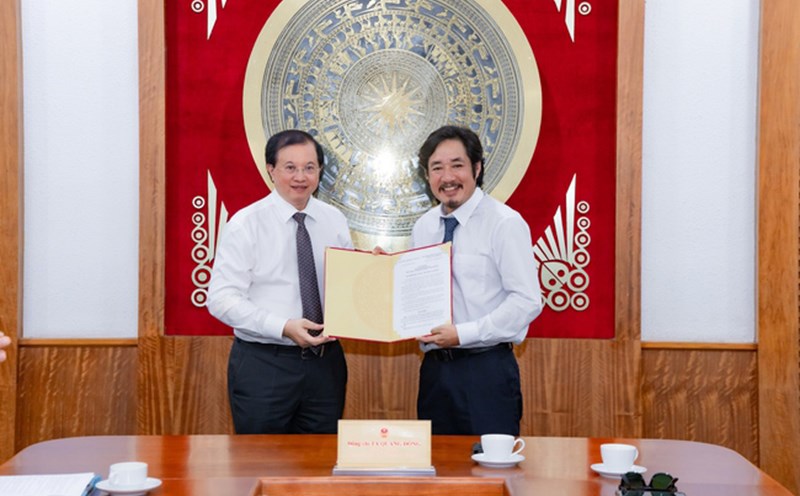Conditions for a new rate hike
The Bank of Japan (BOJ) ended its negative interest rate policy in March, then raised short-term interest rates to 0.25% in July, signaling a gradual shift away from years of aggressive easing. The bank also said it was ready to raise interest rates further if wages and prices continued to perform as expected.
The possibility of raising interest rates to 0.5% is considered feasible. Japan's economy has grown steadily, wages have increased and inflation has remained above 2% for more than two years. However, the BOJ is in no hurry to make a decision. The recovery of the yen is reducing inflationary pressures, while the world economic picture is still unclear due to potential policies from the new administration of US President-elect Donald Trump (at that time).
Whether to raise rates in December or wait until the January 23-24 meeting will depend on how confident policymakers are that Japan can sustain its 2% inflation target.
BOJ Governor Kazuo Ueda has remained cautious, saying the next rate hike is coming but has not committed to a date. Markets are now pricing in a 30% chance that the BOJ will raise rates in December.
Impact of the FED's move and market reaction
The BOJ decision will be announced shortly after the Fed is expected to cut interest rates. This policy divergence could have a big impact on the yen and bond yields. If the BOJ raises rates, the yen could strengthen. If the BOJ does not raise rates, the yen could weaken, but the decline could be limited as investors shift their expectations to January.
Whatever the outcome, Mr. Ueda is likely to hint at the future policy path at the press conference. If he keeps rates unchanged, he could send a “hawkish” signal to prevent the yen from falling. Conversely, if he raises rates, he could sound more dovish, asserting that the BOJ is not raising rates out of inertia but is waiting for economic developments and actual inflation.
Evaluating the QE toolkit and what comes next
The BOJ will also release a review of its unconventional monetary easing tools over the past 25 years, which have been used to show Japan’s gradual exit from deflation. The conclusion is likely to show that interest rate cuts are still more effective than large-scale asset purchases, which were used under former Governor Haruhiko Kuroda.
If the BOJ raises rates this month, it will likely hold off until at least April, when it releases its long-term economic forecast. If it does not, markets will turn their attention to key data and events ahead of the January meeting. Governor Ueda’s speech to Keidanren on December 25 and Deputy Governor Ryozo Himino’s appearance on January 14 are milestones to watch. The upcoming quarterly regional economic reports will also help the BOJ gauge the spread of wage increases across the country.





